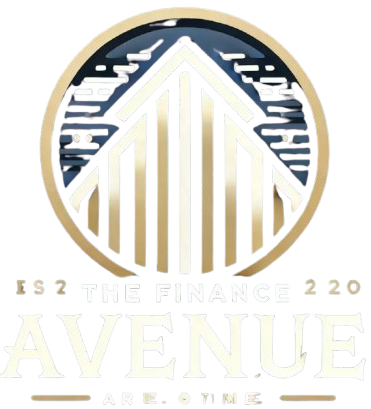Economy

Guide to the Economy
Key Terms
Economy
Defination
An economy encompasses all activity related to the production, consumption, trade, and distribution of available goods and services. The management of those resources is used to satisfy the needs of the people, businesses, organizations, and governments in a specific area.
Money
Defination
Currency, or money, is a generally accepted, recognized, and centralized medium of exchange that market participants use to engage in transactions for goods and services in an economy. Each government has its own money system that is monitored by a central authority.
Trade
Defination
The buying, selling, or bartering of goods and services is known as trade. In an economy, a trade takes place between a producer and a consumer, usually in exchange for money. An exchange of goods and services between two countries is international trade.
Knowledge Economy
Defination
A knowledge economy is a system of consumption and production based on the intangible assets of intellectual capital. It refers to the ability to capitalize on scientific discoveries and academic research, and has come to represent a large component of all economic activity in developed countries.
Wealth
Defination
Wealthy is an abundant supply of valuable economic assets or resources owned by a person, company, community, or nation. It can be determined by subtracting debt from the total market value of all physical and intangible assets.
Law of Supply and Demand
Defination
The law of supply and demand is an economic theory based on two separate “laws” that explain the interaction between the sellers of a resource and the buyers of that resource. The theory defines the relationship between the price of a given good or product and the willingness of people to either buy or sell it. Generally, as the price increases, people are willing to supply more and demand less and vice versa when the price falls.
Inflation
Defination
A bond is an investment representing part or all of a loan to a person, government, or other entity. Bonds are issued at a set par value, usually $1000 or $100, and their prices fluctuates based on interest rates and perceived credit-worthiness of the borrower.Organized Labor
Defination
A bond is an investment representing part or all of a loan to a person, government, or other entity. Bonds are issued at a set par value, usually $1000 or $100, and their prices fluctuates based on interest rates and perceived credit-worthiness of the borrower.Sluggish Economy
Defination
A bond is an investment representing part or all of a loan to a person, government, or other entity. Bonds are issued at a set par value, usually $1000 or $100, and their prices fluctuates based on interest rates and perceived credit-worthiness of the borrower.Gross Domestic Product (GDP)
Defination
A bond is an investment representing part or all of a loan to a person, government, or other entity. Bonds are issued at a set par value, usually $1000 or $100, and their prices fluctuates based on interest rates and perceived credit-worthiness of the borrower.Frequently Asked Questions
In a command economy, a centralized government controls the means of production and it decides the output levels for that production. This type of economy is often associated with communist nations. The advantages of this approach include better equality and lower unemployment, but there is often a lack of efficiency or innovation in those economies.
A market economy, or free economy, is directed through the laws of supply and demand to set the prices and quantities for most goods and services. Most developed nations are technically mixed economies because they blend free markets with some government interference such as industrial subsidies, licensing, and price fixing.
Inflation means the rate at which the same goods and services come to cost more. If a person's income doesn't keep up with inflation, it can decrease your purchasing power. It can also lower the value of Treasury bonds. But if some level of inflation is expected, it can drive consumer spending, which drives economic growth.
When the price of a large number of stocks is on the rise, it can lead to higher consumer and business confidence, higher spending on big-ticket items such as cars and houses, and an increase in investors entering the stock market. These factors can all lead to greater economic development of a country.
The United States has a mixed economy. It combines elements of a command economy with a market economy. A mixed economy allows for government oversight and regulation to achieve public good while also allowing things like consumer goods and services to be regulated by the laws of supply and demand.








